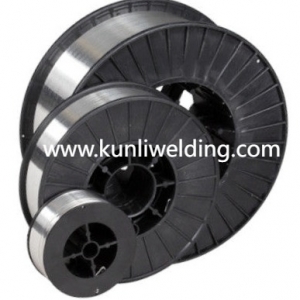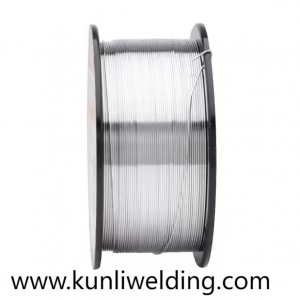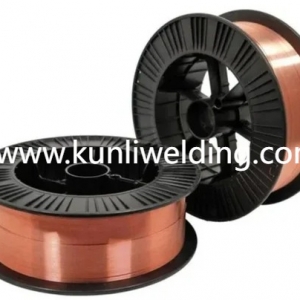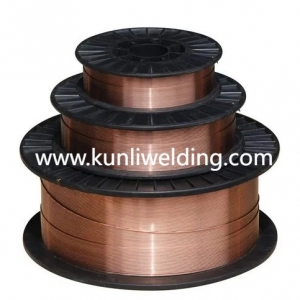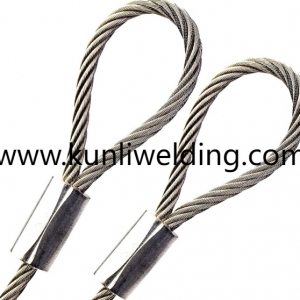In a manufacturing world where durability and supply transparency are frequent news topics, Aluminum Welding Wire Manufacturers are fielding more questions about how filler choice affects joint behavior and finish. When engineers evaluate ER4043 and ER5356 they look at chemistry, weldability, and how each wire responds under the conditions that matter for a given project. Understanding these differences helps teams pick the right filler for service life and appearance while keeping qualification time reasonable.
ER4043 is often described by makers as a silicon based filler that flows readily in the weld pool. That fluidity makes it forgiving in many joint types and it tends to produce a smooth bead profile with good wetting characteristics. Because of that behavior ER4043 is commonly chosen for jobs where appearance matters and where operators prefer a stable, easy to control arc. In applications where color after finishing is a factor the deposited metal from this filler often responds in a predictable way to downstream surface treatments.
By contrast ER5356 is a magnesium enriched filler that shifts the emphasis toward strength and toughness. Its deposit tends to offer higher mechanical performance which suits structural components and assemblies exposed to cyclic loading. The magnesium content also influences how the weld reacts to corrosion exposures, and installers often consider that when specifying filler for outdoor or marine adjacent service. The trade off is that magnesium rich fillers can demand closer attention to surface cleanliness and to welding parameters to avoid unwanted porosity or inconsistency in the deposit.
Weldability differences show up in shop practice as well. ER4043's silicon content typically reduces susceptibility to hot cracking in many base alloys and helps operators achieve stable bead form on thinner sections. ER5356's attributes make it preferable for thicker sections or when retention of tensile properties in the weld is prioritized. When manufacturers supply clear handling notes and parameter windows, welders can run short trials to set travel speed and heat input so a chosen filler performs as expected in their equipment and joint geometry.
Appearance and finishing are practical considerations that influence filler selection. Some finish processes produce different color or sheen depending on filler chemistry. For projects where anodizing or color matching is required, fabricators often test small samples to see how the deposited metal will look after treatment. Suppliers that describe likely post finishing appearance and that offer small sample packs make this testing straightforward and reduce surprises during final assembly.
Supply chain and qualification realities also affect decisions. When sourcing material under shifting market conditions it helps to work with manufacturers who provide batch level traceability and who publish production and packing guidance. That transparency shortens root cause work if an issue appears and helps procurement plan reasonable buffer stock without excessive capital tie up. Open documentation from suppliers reduces the time needed for approval in regulated or safety critical programs.
Operator training and collaborative trials remain valuable. Even when a filler has a documented profile, small differences in torch angle travel speed or shielding routines will change the outcome. Joint trials on representative scrap with a supplier technical contact present or with clear published parameter suggestions create a record of settings that can be replicated across shifts. Those records become part of a quality routine and reduce the chance of rework when teams scale production.
Environmental expectations and sector news trends shift demand patterns and reinforce the value of choosing a filler with the right balance of properties. In sectors that emphasize lighter structures and reduced maintenance demands the mechanical properties of the deposit matter more. In other sectors where surface finish and ease of welding drive cost and speed, flowability and arc stability are priorities. Matching the filler to the mix of requirements is a practical exercise in risk management.
For teams that want to compare product notes and to view manufacturer guidance, check the supplier product information and technical literature for composition details, suggested welding parameters and handling advice. These resources support trial planning and qualification steps. For additional product descriptions and application guidance consult the manufacturer pages at www.kunliwelding.com where technical resources can help procurement and production teams align filler choice with project needs and service expectations.


